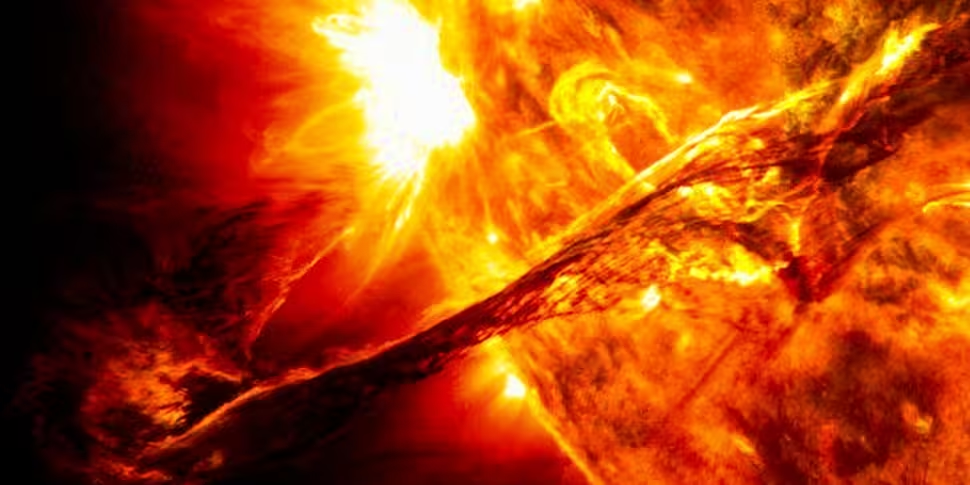The sun has, according to scientists, 'gone blank'.
While that sounds slightly like something you'd hear in a big sci-fi movie, essentially all it means is that there are currently zero sunspots on its surface.
The gaps in time between there being sunspots on the surface will continue to get longer and longer as the sun approaches its minimum solar phase.
A single solar phase usually lasts approximately eleven years, and we are currently in Solar Cycle 24, numbered by the amount that have been recorded since they began to be recording the activity in 1755.
This phase reached its solar maximum in April 2014, and is due to reach its solar minimum in late 2019 or early 2020.
However, the sunspot activity during April 2014 - when it should have been at its highest in the eleven year period - was in fact the lowest recorded since the records began.
In fact, scientists are comparing the possibility of an respectively low solar minimum in the next three or four years to what happened in 1645, when the sun went through a prolonged 'blank' stage.
Essentially it resulted in one of the world cold weather fronts of the millenium, when what is commonly known as 'the Mini Ice Age' plunged Europe and North America into remarkably bitter conditions.
While things could be bad for us here on Earth, they could be even worse for any men or women we happen to have floating through space at the time.
Paul Dorian, a meteorologist at Vencore Weather, told Elite Daily: "Solar wind decreases and sun’s magnetic field weakens during solar minimums, making it easier for cosmic rays to reach the earth. This is a more dangerous time for astronauts, as the increase in potent cosmic rays can easily shatter a strand of human DNA. Also, during years of lower sunspot number, the sun’s extreme ultraviolet radiation (EUV) drops and the earth’s upper atmosphere cools and contracts. With sharply lower aerodynamic drag, satellites have less trouble staying in orbit: a good thing. On the other hand, space junk tends to accumulate, making the space around Earth a more dangerous place for astronauts."
So if you thought the summer's were getting worse and worse, it looks like we've not seen the worst of it yet.









